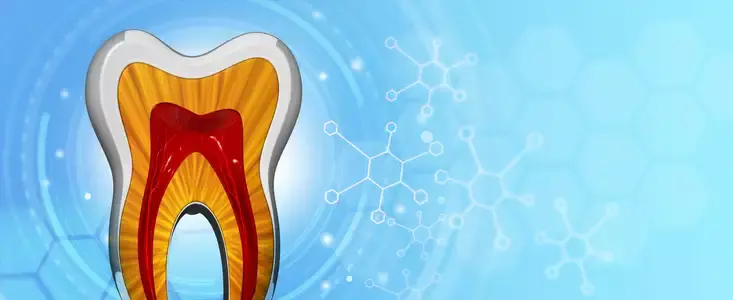Are you waiting for the day when your child shouts, “My tooth is loose!”? Most kids look forward to the day they feel a tooth wiggle – it’s a big milestone for them, and you.
When permanent teeth begin to push through the gums, the roots of baby teeth are reabsorbed. The only thing holding them in place, once they’re loose, is a small amount of tissue.
The average age most children begin to lose their baby teeth is 6 years, but some lose their first tooth as young as 4 or as old as 7. Generally, the younger the child was when their teeth came in, the earlier they fall out. Consult your dentist if your child begins to lose their teeth before the age of 4 in case there’s an underlying issue.
First In, First Out
All 20 baby teeth are usually in by the time a child is 3 years old, and they typically fall out in the same order they came in:
- Lower middle teeth in front (center incisors) are the first to go around age 6-7
- Top middle pair are usually next
- Back molars are generally shed between ages 10-12, and they’re replaced with permanent teeth around age 13
A baby tooth doesn’t usually loosen until the permanent tooth below it pushes it up. It is possible, though, for kids to lose a baby tooth before that, especially because of an accident or tooth decay. If this happens, a permanent tooth might drift into the empty space which can crowd permanent teeth and cause them to come in crooked. Your dentist will probably want to put in a plastic placeholder (spacer) until the adult tooth is ready to push through to prevent future spacing problems. According to orthodontists, 30% of their patients lost baby teeth prematurely.
Out with the Old
When your child notices a loose tooth, encourage them to gently wiggle it with their tongue or finger to help it become looser. Remind your child not to yank out a tooth before it’s ready to fall out on its own since this makes the broken root vulnerable to infection. When the tooth is loose enough, and your child wants you to pull it out, hold it tightly with a piece of gauze or tissue and give it a quick twist to remove it. If a primary tooth isn’t loosening enough on its own, your child’s dentist may need to extract it to make room for the incoming permanent tooth.
In with the New
Your child’s adult teeth are bigger, less white than baby teeth, and often have pronounced ridges because they haven’t been used for biting and chewing yet.
When the first permanent molars come in, your 6- or 7-year-old may complain of soreness in the back of her mouth. (There aren’t any baby teeth there to fall out and alert you first). The soreness shouldn’t last long, but acetaminophen or ibuprofen can ease the pain if necessary.
Brushing and Flossing
This is the most important time to brush and floss regularly! You may need to help your child with this until he or she is 8-10 years old. Their intentions may be good, but they may lack the ability to clean their teeth well enough.
Teeth should be brushed every morning and night and, when possible, 5-10 minutes after eating. It’s also important to keep the gums healthy, so your child should also floss regularly, ideally once a day. Doing so will help prevent gum disease in adulthood.
Use a tartar-control toothpaste to keep plaque from sticking to your child’s teeth. Fluoride toothpaste helps prevent cavities and strengthens the enamel of teeth. Fluoride has been added to the water supply in most cities, but you may want to add fluoride to your child’s diet if your tap water has less than the recommended levels. Fluoride treatment is often part of a vitamin supplement that should begin at 6 months and continue until age 16. Ask your dentist or pediatrician if this is a concern for you.
Don’t forget to replace toothbrushes every three to four months or sooner if the bristles are frayed. This will reduce harmful bacteria and ensure the brushes are doing their job.
Prevent Cavities
In addition to fluoride toothpaste and treatments, sealants can reduce cavities by 90%. Sealants are thin plastic coatings that prevent plaque from collecting and becoming trapped in the grooves and pits of the teeth. They’re especially helpful for all back teeth that have deep indentations in them. Sealants are cost-effective because they are highly successful in preventing cavities.
Another way to prevent cavities is to avoid or limit treats that are high-sugar and sticky sweets. Try not to snack on sweets between meals since these foods linger longer in the mouth unless you brush right away.
Dental Checkups
It’s important to make sure your child has dental checkups twice a year for cleaning. These regular preventative appointments will greatly decrease the chances that your child will ever have to undergo major dental treatments. If your child complains of a toothache, contact your dentist since this pain could be a sign of a decayed tooth.
You can help your child’s teeth last a lifetime when you teach them how to care for their oral health properly. Call us today if you have any questions or want to schedule a check-up.
Share
STAY IN THE LOOP





